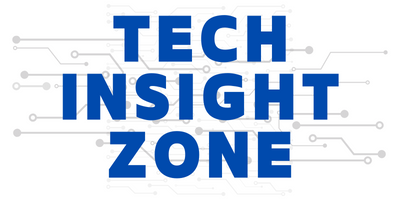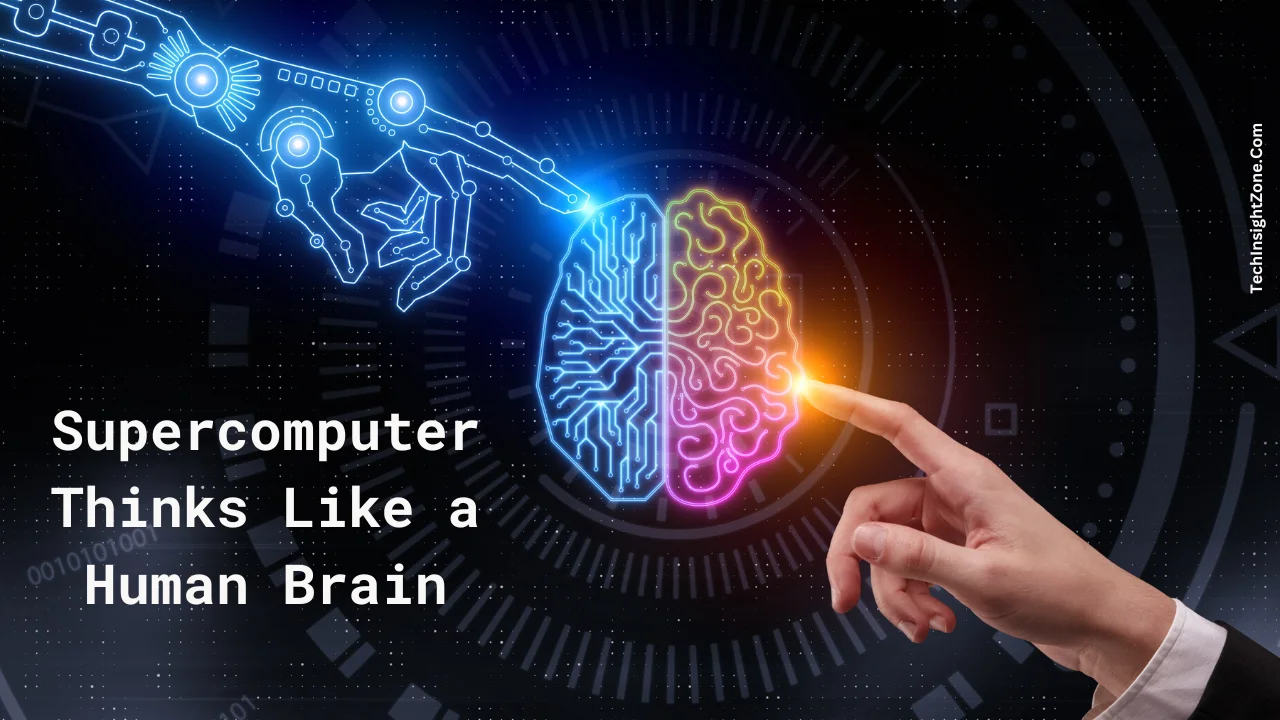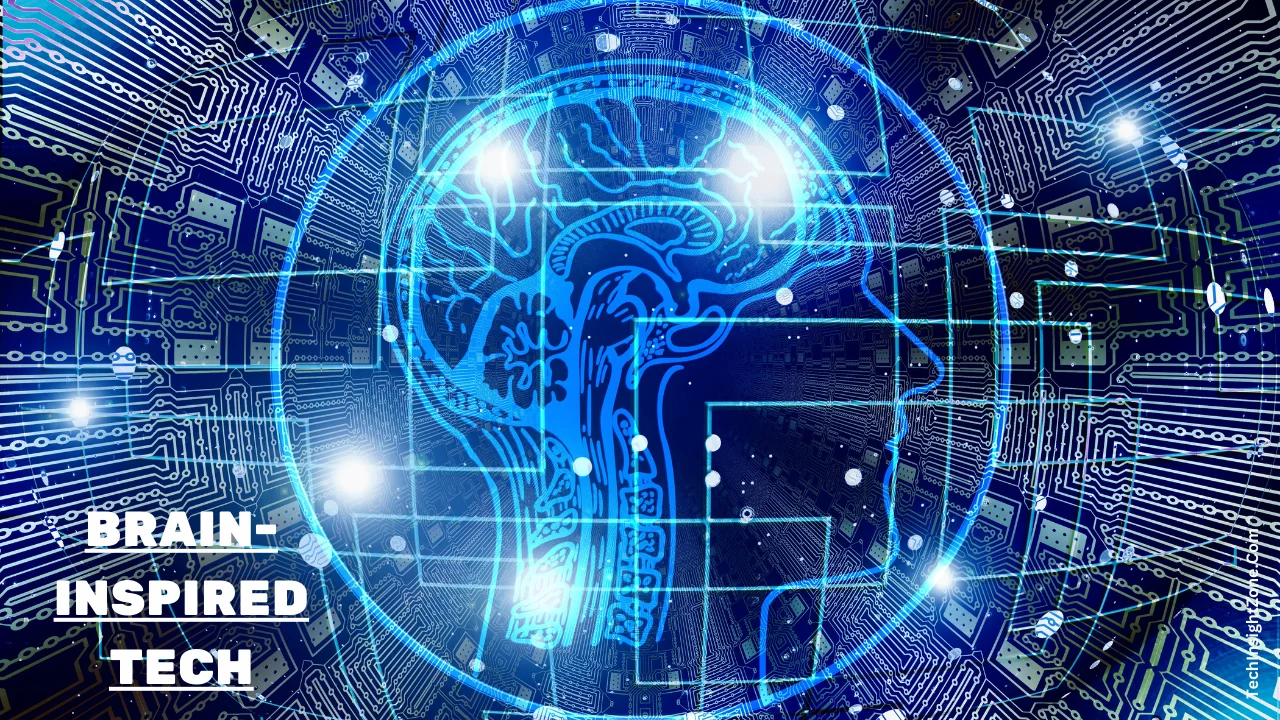In the rapidly evolving landscape of artificial intelligence (AI), a new player, SpiNNcloud Systems, is making waves. This innovative startup has developed a groundbreaking supercomputer, SpiNNaker2, that’s set to redefine the future of high-performance computing.
This article dives into the revolutionary concept behind SpiNNaker2, explores its real-world applications, and explains why it surpasses traditional supercomputers.
We’ll also examine the crucial role of ARM technology in this innovation and explore the exciting future of brain-inspired computing.
Brain-Inspired Technology: The Mesh Concept and Real-Time Modeling
SpiNNcloud Systems has taken a unique approach to computing with SpiNNaker2, drawing inspiration from the human brain.
We all know that the human brain is a marvel of efficiency. It processes information through a network of interconnected neurons, not a single, centralized processor.
SpiNNaker2 replicates this approach by enabling processors to communicate directly with each other, eliminating the need for a central hub. This allows for:
- Faster Processing: Information can travel shorter distances within the mesh, leading to quicker processing compared to traditional architectures.
- Flexibility: The mesh can dynamically adapt to different tasks by reconfiguring communication pathways between processors. This is similar to how the brain forms new connections as we learn.
- Lower Power Consumption: Individual processors in the mesh are designed to be low-power, and the distributed nature reduces overall energy needs.
However, the mesh architecture isn’t just about efficiency; it unlocks a powerful tool for neuroscientists. By mimicking the brain’s communication patterns, SpiNNaker2 can perform real-time simulations of brain activity. This allows researchers to:
- Study complex neural networks involved in memory, decision-making, or motor control in unprecedented detail.
- Observe how different parts of the brain interact with each other during various tasks.
- Develop new treatments for neurological disorders by simulating how they affect brain function.
Now you might ask, what benefits all these innovations can drive? Here is what we found the possible potential would be:
Beyond the Lab: Real-World Applications of SpiNNaker2
SpiNNaker2’s capabilities extend far beyond the realm of neuroscience. Its power and efficiency make it ideal for tackling real-world challenges:
- Drug Discovery: Simulating how medications interact with biological systems in real-time could significantly accelerate drug development.
- Logistics and Manufacturing: Optimizing complex data streams in factories and supply chains can lead to increased efficiency and productivity.
- Next-Gen AI: The brain-inspired design holds immense potential for creating more efficient and powerful AI algorithms, paving the way for advancements in robotics, natural language processing, and beyond.
As we delve into the realm of brain-inspired computing with SpiNNaker2, it’s fascinating to consider the implications for human-machine interaction. Just as SpiNNaker2 revolutionizes AI by mimicking neural processes, AlterEgo, a groundbreaking invention from MIT, offers a glimpse into the future of seamless communication between humans and machines.
Exploring AlterEgo’s potential alongside SpiNNaker2’s advancements not only enriches our understanding of AI but also prompts us to ponder the profound implications of merging human cognition with technology.
The Role of ARM Technology: Powering the Brain on a Chip
SpiNNaker2’s groundbreaking capabilities wouldn’t be possible without the innovative technology from ARM. Let’s delve into how ARM contributes to this brain-inspired supercomputer:
Energy-Efficient Cores: At the heart of SpiNNaker2 lie millions of ARM Cortex-M4 cores. These cores are specifically designed for low-power consumption, making SpiNNaker2 significantly more energy-efficient compared to traditional supercomputers. This focus on low-power aligns perfectly with the mesh architecture’s goal of distributed and efficient processing.
Event-Based Processing Boost: ARM cores within SpiNNaker2 aren’t just power-sippers; they also support custom accelerators. These accelerators are tailored to handle event-based deep neural networks (DNNs). This unique combination allows SpiNNaker2 to leverage the strengths of both conventional DNNs and neuromorphic principles, resulting in significant energy savings during AI tasks.
Scalability for Future Demands: ARM’s technology is built with scalability in mind. This means SpiNNaker2 can be expanded with additional ARM processors to tackle even more complex tasks in the future, without a drastic increase in power consumption. This scalability makes SpiNNaker2 a strong contender for future high-performance computing needs.
Confidence in Proven Technology: SpiNNcloud Systems benefits from ARM’s vast experience across various markets. This proven track record assures SpiNNcloud that ARM technology is a reliable foundation for their innovative supercomputer design.
The Future of Supercomputers
The development of SpiNNaker2 by SpiNNcloud Systems marks a significant milestone in the evolution of AI and high-performance computing. It’s a testament to the power of human ingenuity and the endless possibilities that lie ahead in the realm of technology.
With companies like SpiNNcloud leading the way, the next generation of AI and high-performance computing is set to be more efficient, versatile, and closer to mimicking human cognitive processes than ever before.
As brain-inspired computing continues to evolve, we can expect even more sophisticated supercomputers pushing the boundaries of what’s possible.
And we can say that the future of supercomputing is not just powerful, it’s intelligent.
Furthermore, as the industry buzzes with excitement over this revolutionary technology, it seamlessly complements the strides made by Lenovo Technology, powering DIPC’s Hyperion Supercomputer.
Together, these innovations signal a quantum leap in computational capabilities, enticing enthusiasts and experts alike to delve deeper into the transformative realm of cutting-edge computing.






